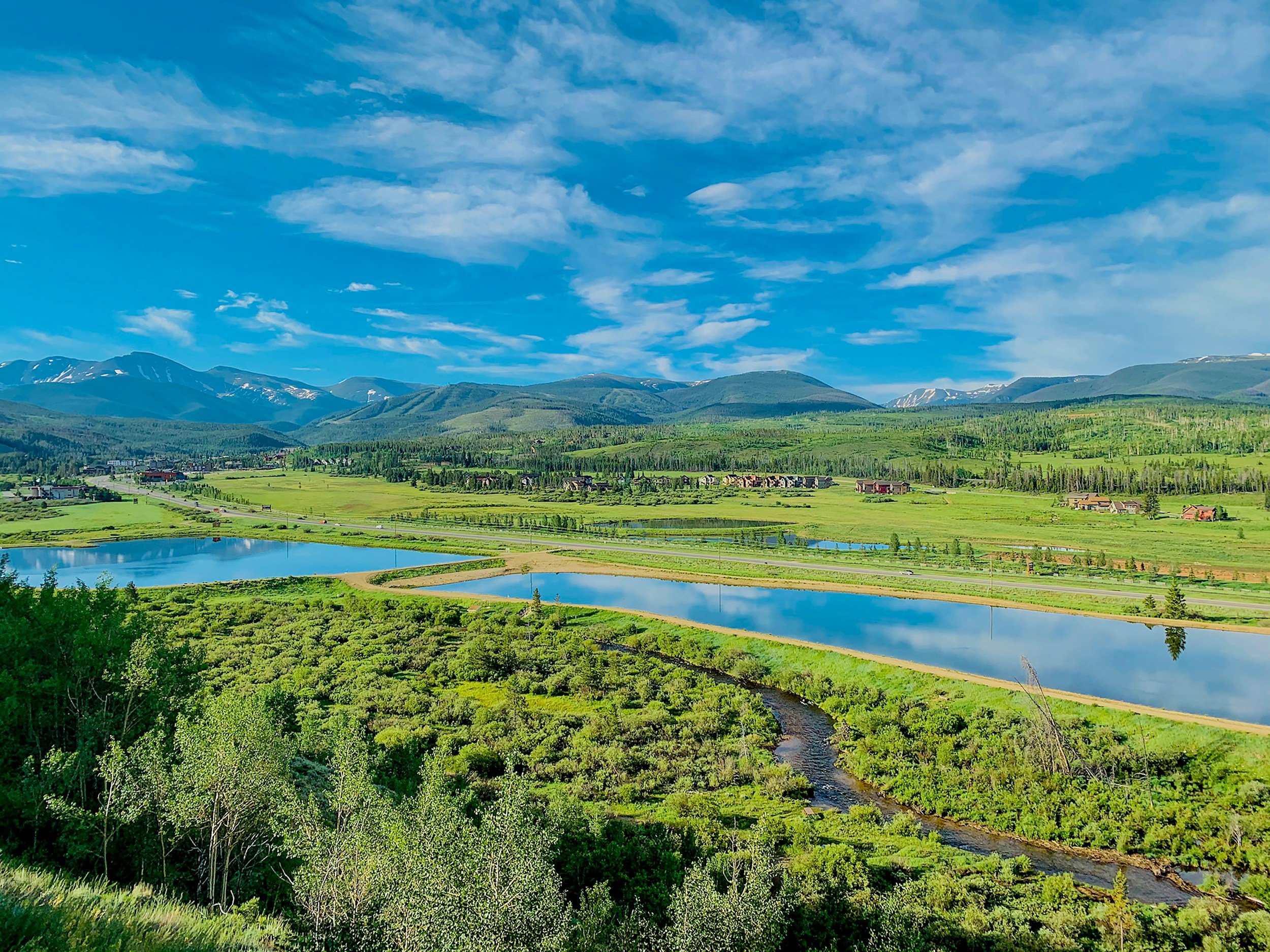
COLORADO WATER COURT
Colorado’s constitution declares water within the state to be a public resource. As such, water rights do not confer actual ownership of water, rather a right to use it, subject to all decreed limitations on the amount, type, place & timing of use.
Under Colorado’s rule of strict priority, an older senior water right is entitled its entire decreed amount before any newer junior water rights receive any—first in time first in line. A water right arises as a vested property right at the time water is actually diverted and put to beneficial use—”appropriated”—but water rights must be adjudicated and decreed in court before they are recognized and enforceable against other rights on the system—undecreed water rights carry no legal protection. A water right’s seniority is determined first by the date it was adjudicated—the earlier it was adjudicated in court, the more senior the water right, regardless of when any later-adjudicated right may have been actually appropriated. As between two water rights adjudicated in the same decree, these are priority-ranked by order of appropriation date—this is important in the case of older adjudications that would decree water rights to many parties in the same proceeding.
In water court, applicants may seek a decree for an absolute water right or a conditional water right. An absolute water right confirms an existing appropriation. A conditional water right by contrast confers the right to complete an appropriation in the future, with a priority date corresponding to the date the conditional right was adjudicated rather than the date the appropriation is perfected.
-
The majority of river basins in Colorado are already over-appropriated, meaning there is no longer sufficient supply to meet all existing legal entitlements. Where this is the case, the any applicant for a new water right would be required to secure a court-approved augmentation plan in tandem, to offset stream depletions and prevent injury to existing users. And because Colorado (correctly) treats surface water and ground water as a single unified source, the same goes for water pumped from wells, along with any activities such as pond construction or mining excavations that cause ground water to daylight.
-
In order to preserve a conditional water right, every six years the owner must file a water court application seeking to either make the right absolute if it has been perfected, or if it hasn’t, for a determination that the holder has been diligently pursuing the activities necessary to perfect the water right, and that the appropriation can and will be completed within a reasonable time—e.g. the reservoir will be constructed, the subdivision will be platted and developed, etc.
-
Because most stream systems are over-appropriated, frequently the only way to secure a new supply is to acquire an existing water right and secure a decree legally changing that old right to a new use. The amount of water that can legally be changed is limited to the amount of water that was actually historically consumed under the old water right, meaning these cases almost always require the applicant to employ an engineer to undertake a historical use analysis to determine how much water can actually be claimed in the change.
Change cases can become notoriously complex and costly, particularly on streams with many existing users, and often result in lengthy decrees full of complicated terms and conditions ensuring existing users are not affected by the change. They also carry significant transaction risk—i.e. possibility that the change decree will ultimately award the applicant with far less water than they originally sought to change.
-

